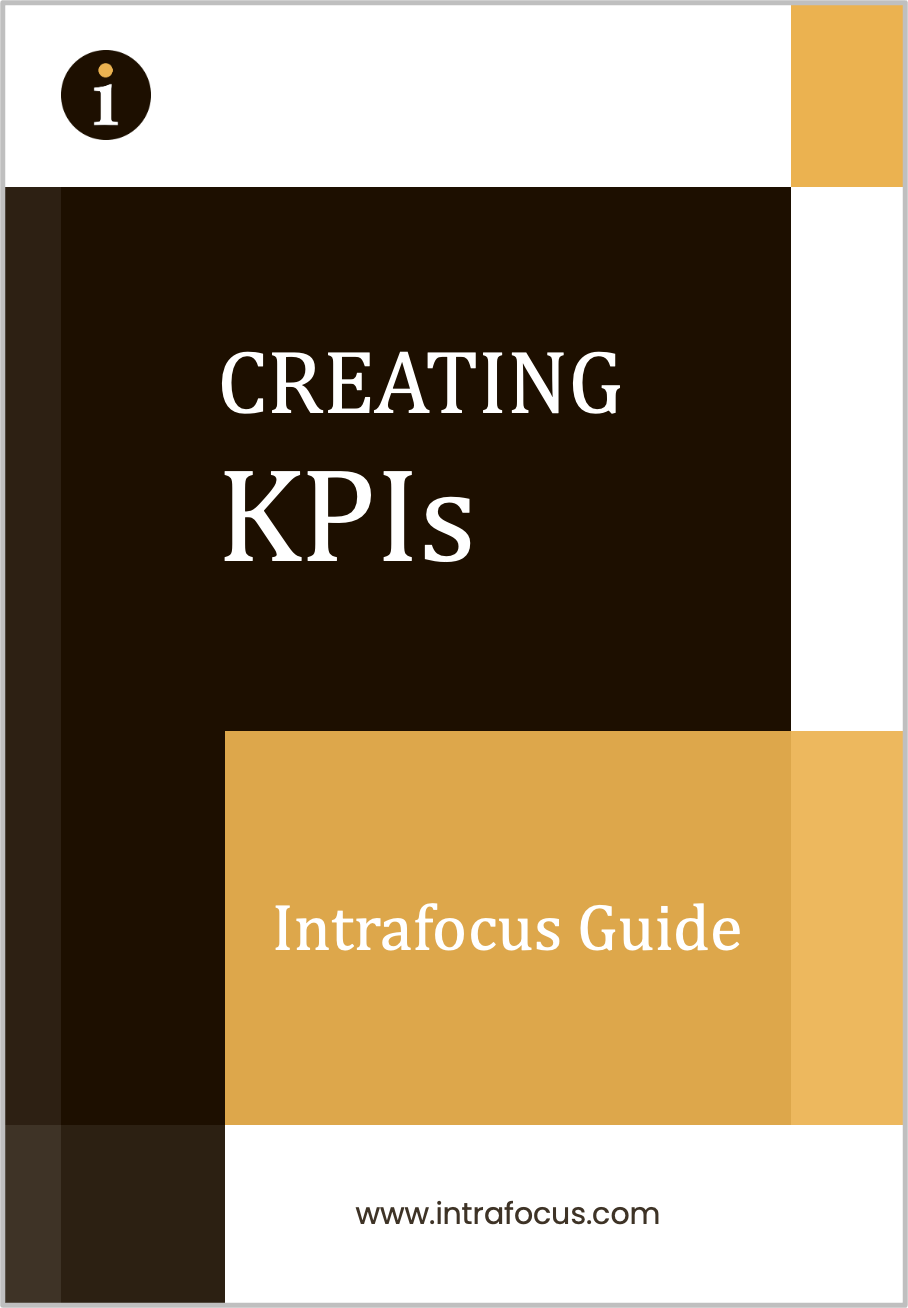Let’s face it, where would we be without spreadsheets? If you had to pick just one business tool, what would it be? The spreadsheet is flexible and it is easy to use for beginners and wonderfully high in functionality for experts. It can provide columns of numbers, make a joy out of the end-of-month task of summing up business financials and even provide some very nifty graphs and charts. As a standard business reporting tool it is the one we would all choose.
It is of course exactly this flexibility that makes the spreadsheet such a liability. We are all spreadsheet experts and unless a great effort has been made to lock and protect our spreadsheets, inevitably they get changed/modified/copied or reused in ways that were not the original intention. Where a master set of objectives and performance measures are set at the top of an organisation, the ‘translation’ of the spreadsheet to the ground level can go through several iterations resulting in a vastly different set of objectives and measures.
In any exercise that defines a business strategy, the resulting objectives and performance measures it is of vital importance that there is a ‘physical’ link between what has been defined at the top of the organisation and what is actually being done at the ground-level. There are two key questions that have to be asked at all levels:
- Does this objective support the company strategy?
- Is this performance measure helping me determine whether or not the objective is being met?
Without a ‘true’ view of a company strategy and associated objectives these two questions cannot be answered. It is at this point , that is, considering how to best communicate and manage a company strategy and associated objectives, that a performance management system needs to be looked at. By system we are referring to two things 1. the methodology used to manage the business strategy and 2. the IT required to assist in the management.
The methodology need not be complex but it needs to be in place. A simple in-house defined process is better than having no process at all. There are several approaches that can be taken. Whether its is a classic Situation-Target-Proposal or a Draw-See-Think-Plan approach, all agree that the use of a Balanced Scorecard is the best methodology to adopt. The balanced scorecard, which creates a systematic framework for strategic planning, can be used in a ‘lite’ way in smaller organisations and as a full blown strategic methodology in larger organisations.
In today’s IT environment there is really no excuse not to move away from a spreadsheet to a purpose built business performance management system. Not only are such systems very cost effective but the best ones are now web-based hosted services and therefore accessible to all parts of the organisation. This type of technology, of which QuickScore is a very good example, provides the means to link business strategy to objectives and then to performance measures and even on to initiatives when they are required. In this way the nirvana of ‘one version of the truth’ can be found.
We must not underestimate the business and cultural changes that will be forced into an organisation. Where department managers were at liberty to ‘modify’ spreadsheets to ‘align’ the business strategy to their area, they will no longer be able to do this. Maybe not such a bad thing in the long run.


